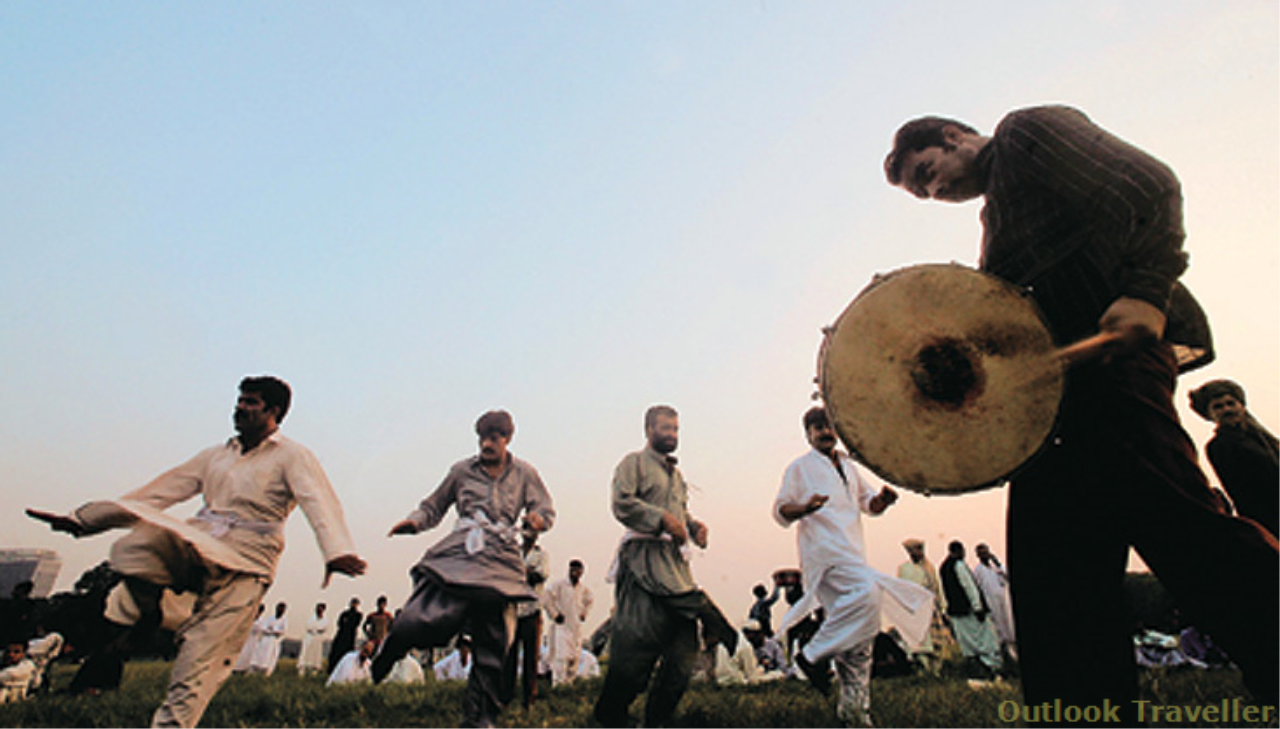They were flying high – specks of green, red, pink, black and blue-brightening
I was watching this engrossing action at the Maidan in Kolkata on a ceremonial Sunday afternoon. It could well have been a page out of Khaled Hosseini’s bestseller being played out in front of me. Such was the similarity in spirit and portrayal at this gathering of the Afghans in Kolkata, their adopted home, miles away from their homeland.
Every Sunday, and most visibly during Id and Navroz or New Year, Kolkata’s Afghan settlers gather at the Maidan and live out a little bit of Kabul, Kandahar, Jalalabad entertaining themselves with traditional passions like kite flying, Anda kushti (hard-boiled egg fights) and performing the Attan. It’s a custom that’s been followed for close to a century, from the time the first Afghans settled in Kolkata.
Among the earliest sub-continental voyagers, these rugged men would travel the breadth of Afghanistan, and what is now Pakistan, and Gangetic India to reach Kolkata. Here, as elsewhere across Indian cities, they would go door to door selling bags full of Afghan flavours and aromas-dry fruits, spices and ittar; translating the capital earned into a moneylending business. Their place of origin and typical dress code- Pathani shalwar kameez and turban-earned them their brand name: Kabuliwala.
The Kabuliwalas assembled at the Maidan that day were among the close-to-2,000 Afghans settled in Kolkata. Most of them still continue to be moneylenders, though many have diversified into other small trades. Whatever occupation we may do on six days of the week, on the seventh day we Afghans have to picnic, septuagenarian dry fruit trader Hafeez Muhamud told me. We need an excuse to party, feast and dance. You can call it our favourite pastime, his grandson chipped in. While in Kabul they have baghs and the cooler mountain regions of Paghman or Salang in the Hindu Kush to let their hair down, in Kolkata, the Maidan remains their chosen ground.
The Sunday I was there was the day after Id-ul-Fitr, and celebrations on such festive occasions generally become a daylong affair. Conversation was flowing in Pashto and Dari. A visitor from Kabul wearing the pakol (round woollen cap) and turban was holding court. A customary feast of pilau, naan, qorma, boulanee, watermelons and dry fruit had been spread out on dastarkhwans and groups of men were tucking in. Throughout the various sessions, Afghani chai was selling briskly. Quite similar in taste to kahva, local tea vendors are now adept at making the beverage and prefer to call it lal chai after the colour of the cinnamon-flavoured concoction.
On the fringes, sporting activity continued. A few boys displayed their volleyball skills, while others preferred playing soccer. Some avidly watched the blade of the willow hit a cracker of a shot in one of the many weekly cricket matches at the Maidan. In one corner empty trays of eggs and coloured egg shells lay as reminders of the passion for Anda kushti. The game requires contestants to try and crack each other’s hard-boiled eggs, which are painstakingly painted in bright colours after being boiled to perfection. Dozens of trays get used up, the winner being the one who manages to keep the most eggs intact. The boiled eggs are eventually used up for the community dinner spread or given away in charity, burly Khomein explained, counting the number of eggs he’d managed to save.
Around late afternoon, the two drummers who were providing the background score, increased the tempo and, as if on cue, a group of men took position and began performing the Attan, a dance that has its origins in the southern provinces of Afghanistan. Its beat is the traditional Mogholi, said to be a creation of the Mughal dynasty. A huge circle was created and performers from the crowd followed each other, going round and round in a circle to the beat. Their Attan was a blend of three steps – wardaki (lots of twists and turns), logari (clapping and turns) and khosti (snapping the head from side to side). As the rhythm and beats began to get faster, participants who couldn’t keep pace dropped out and others joined in and the Attan went on till after sundown.
We like to stick to traditions; a youth who holds an Indian election card told me. Yes, the conservative Afghans sure do stick to tradition. Except for one little girl in a pretty pink salwar kameez, their women were missing from the gathering.
kite flying
Kolkata
Maidan
Leave a Reply
You must be logged in to post a comment.


